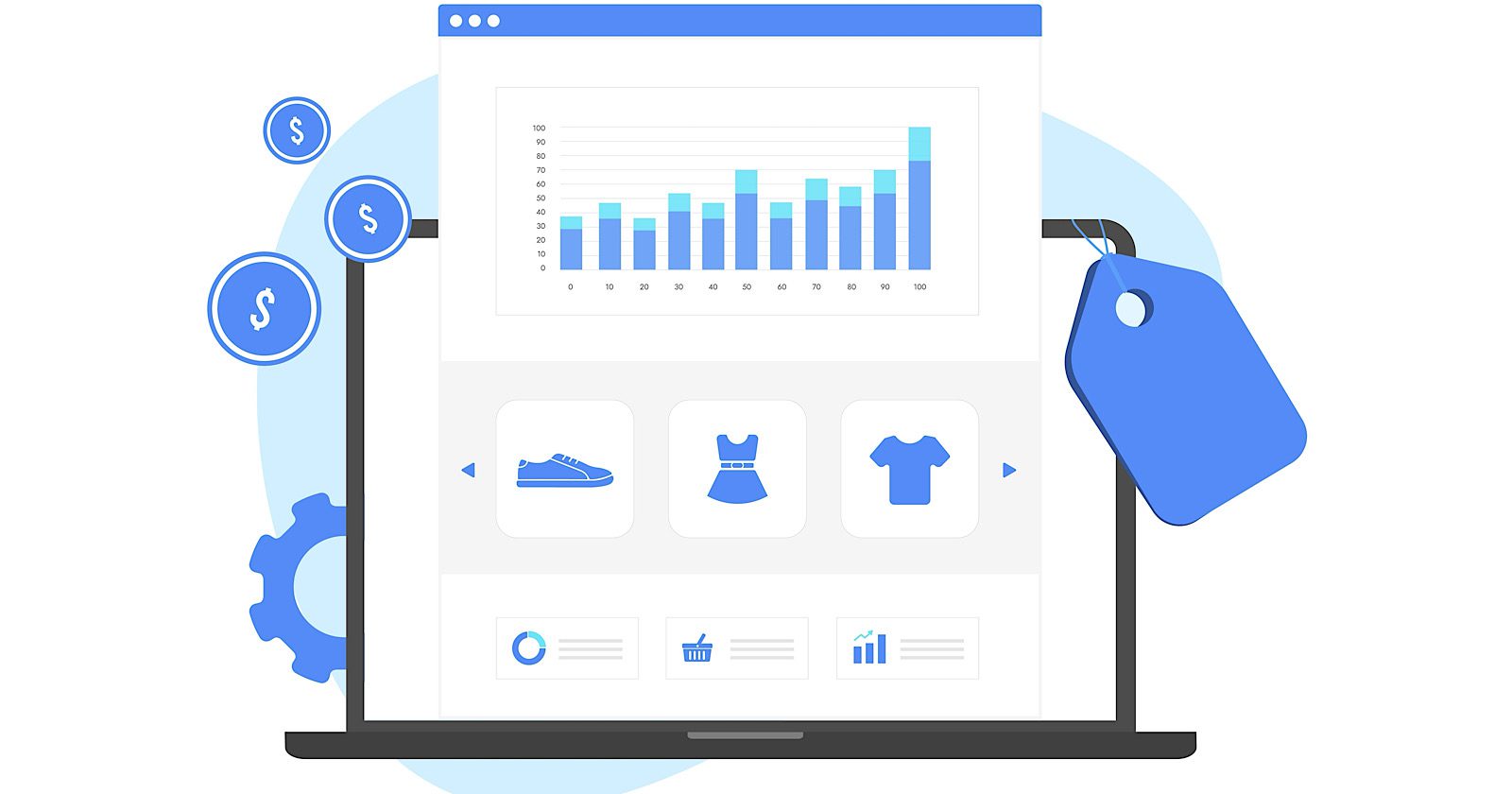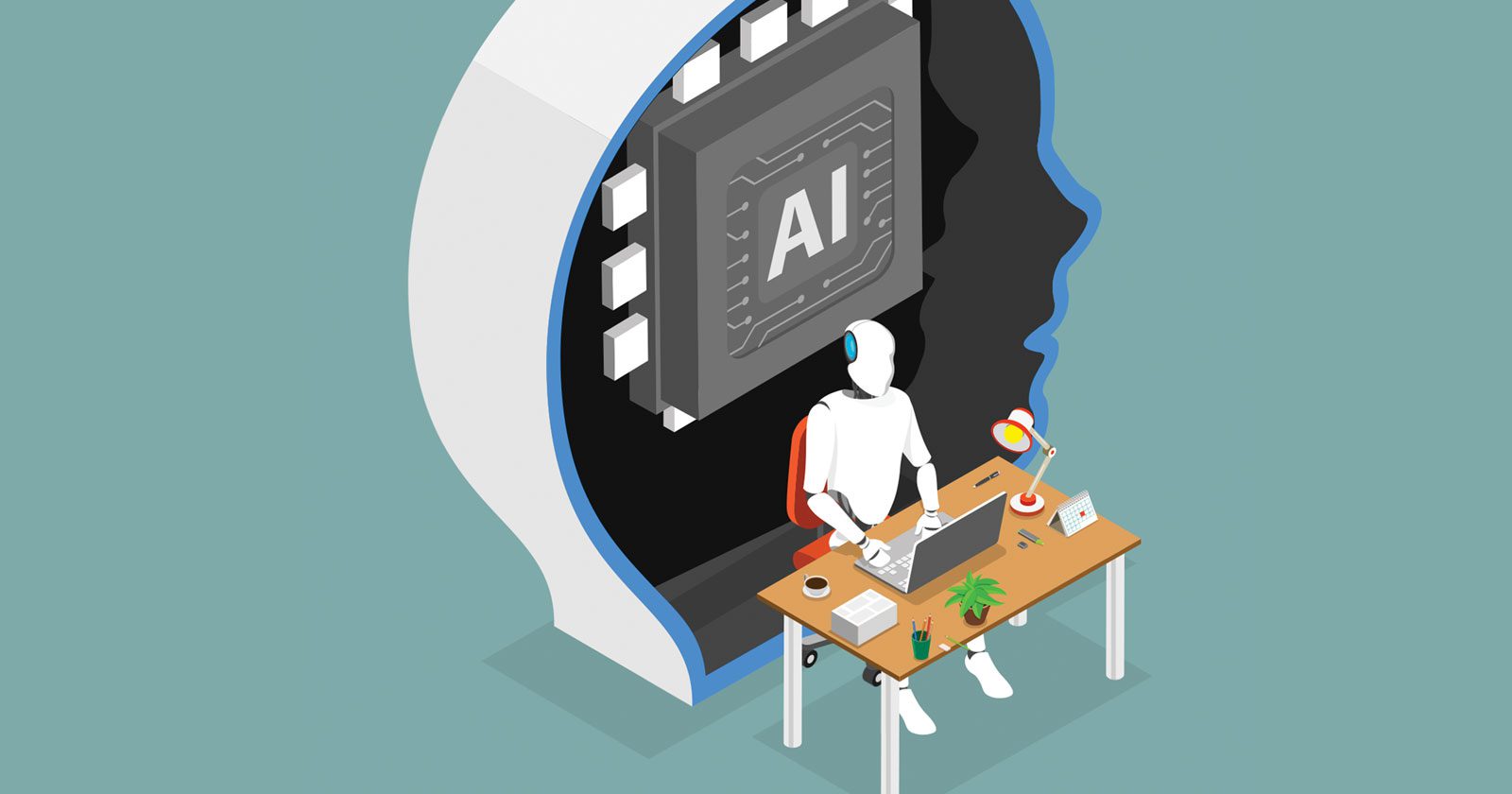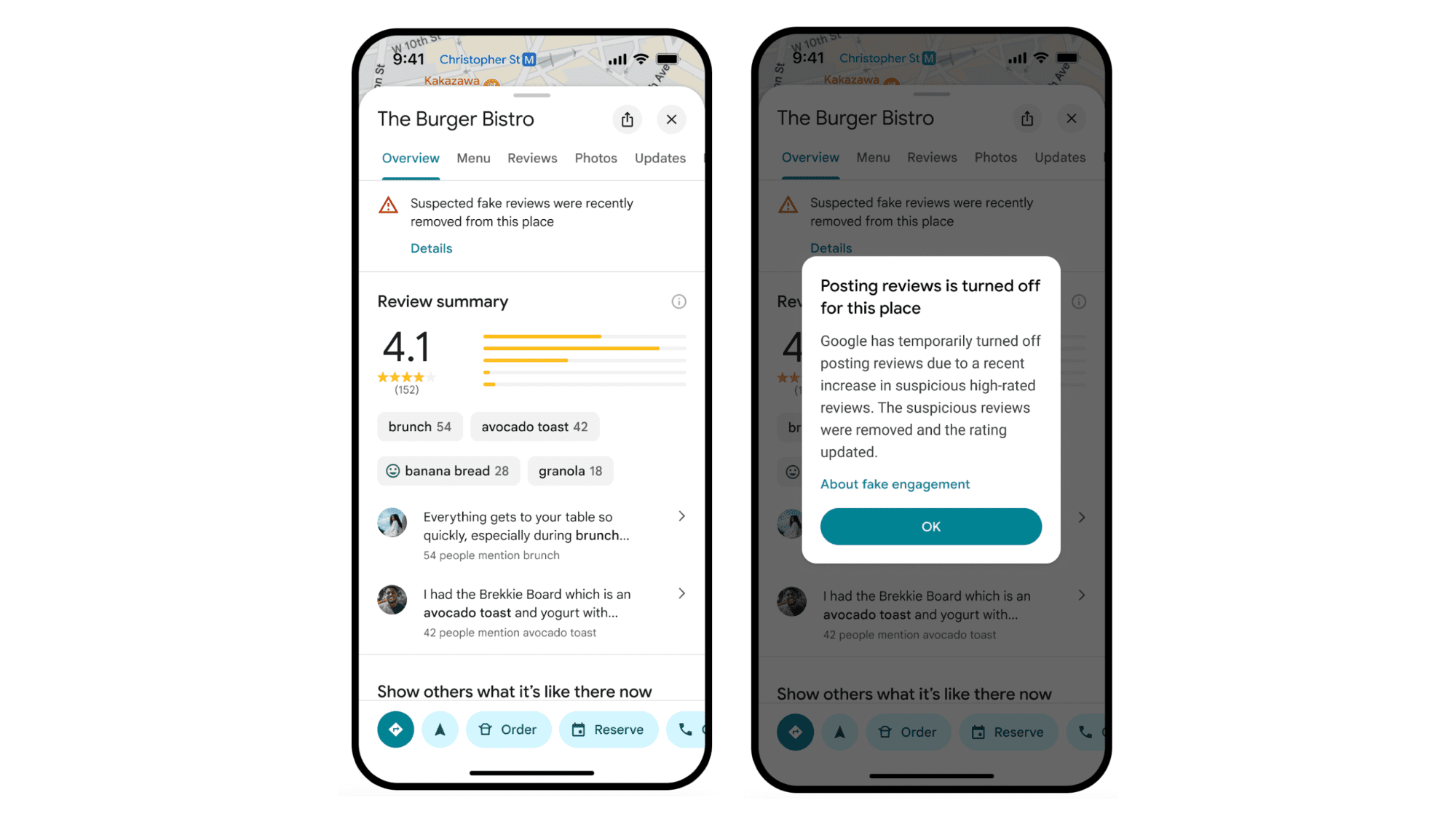Google Merchant Center Updates: Changes For Online Sellers via @sejournal, @MattGSouthern

Google is changing its Merchant Center rules. These updates will roll out in two phases and affect how sellers list products in Shopping ads and free listings.
The changes impact instalment pricing, energy labels, member pricing, and US sales tax information.
Immediate Changes (Starting April 8)
Three key changes are now in effect:
1. New Instalment Pricing Rules
Google no longer allows the [price] attribute to be used for deposits on installment products.
Sellers must use the [downpayment] sub-attribute within the [installment] attribute. The [price] attribute must show what customers pay when paying in full upfront.
2. Updated Energy Labels:
For EU countries, Google replaced the energy efficiency class attributes with the broader [certification] attribute.
This supports both new and old EU energy labels. Norway, Switzerland, and the UK still use the original energy attributes.
3. Better Delivery Options:
Google added more delivery details at the product level. New attributes include [carrier_shipping] and options to specify business days for handling and transit. These help show more accurate delivery times in ads and listings.
Changes Starting July 1
More changes are coming on July 1:
Member Pricing Updates
Google will stop allowing member prices in the regular [price] or [sale_price] attributes. This applies worldwide for both paid and free membership programs.
Instead, use the [loyalty_program] attribute. Products that don’t follow this rule might be disapproved after July 1.
No More US Sales Tax Requirements
Google will stop requiring US sellers to provide sales tax information through the [tax] and [tax_category] attributes or Merchant Center settings.
Products previously rejected for missing tax information may start appearing in results, which could affect your ad spending.
Google notes that US sellers must still submit tax information until July 1.
What These Changes Mean for Sellers
These updates will require changes to how you structure product data.
If you offer payment plans, the new rules clarify how to show full payment versus installment options. This helps shoppers understand pricing better.
The energy label changes for EU countries match current regulations and give more options for showing graphical labels.
The member pricing change will affect many retailers. You must use the loyalty program attribute instead of regular price fields if you offer loyalty discounts.
Once the sales tax requirement ends, US sellers will benefit from simpler feeds, which may fix some common disapproval issues.
Getting Your Merchant Center Ready
To keep your listings working well:
- Check your feeds for any outdated attributes
- Update installment pricing right away
- EU sellers: switch to the new certification attribute for energy labels
- Change how you handle loyalty pricing before July 1
- Watch for improved performance of listings that were previously disapproved for tax issues
Google notes:
“With this change, offers currently disapproved for missing tax information may begin to receive traffic.”
By adapting to these changes early, you can avoid disruptions to your Shopping ads and listings while benefiting from better product data and delivery information.
Featured Image: BestForBest/Shutterstock










